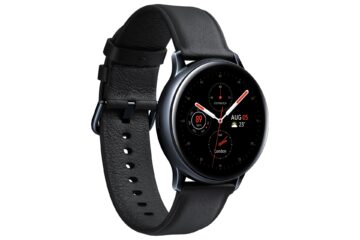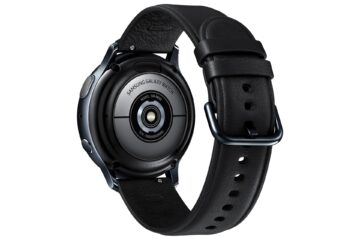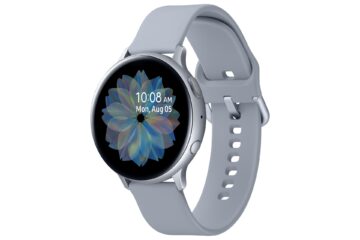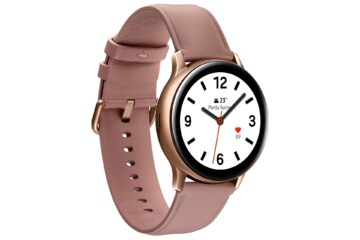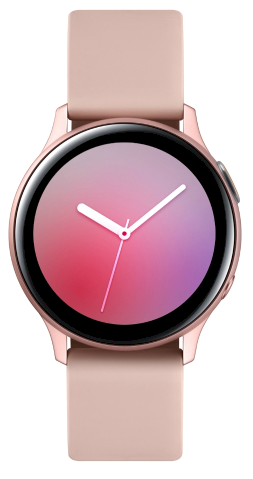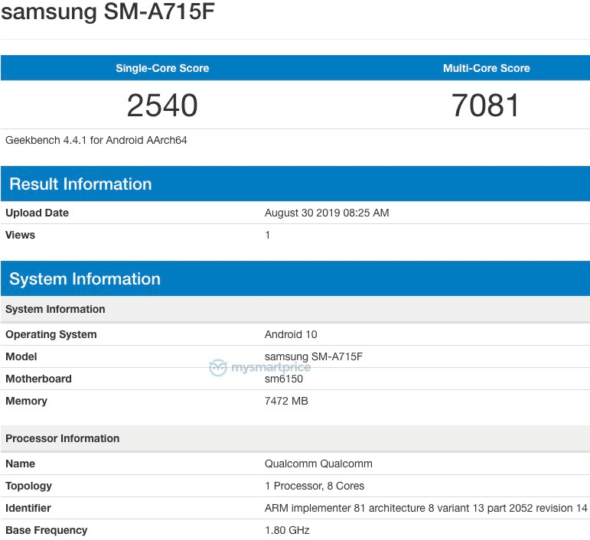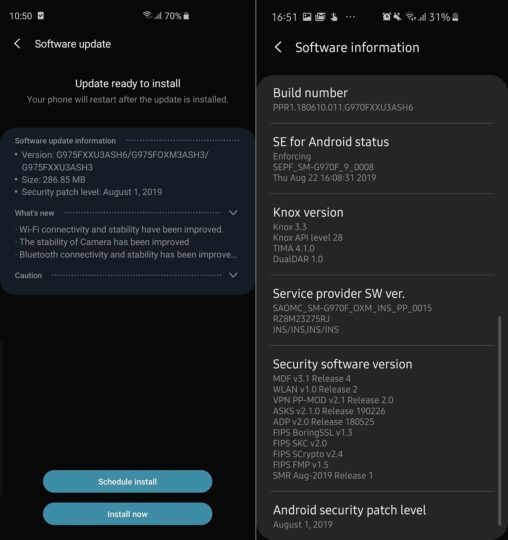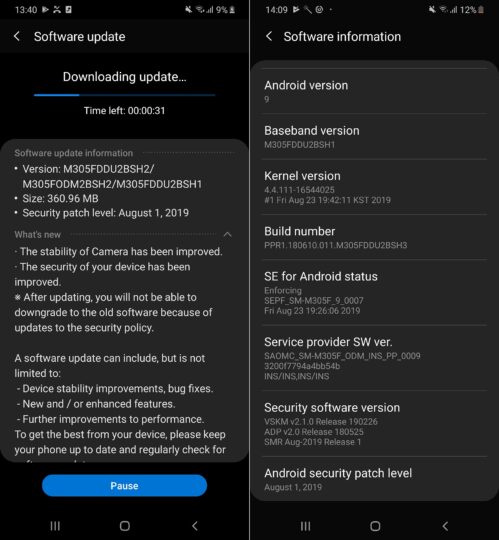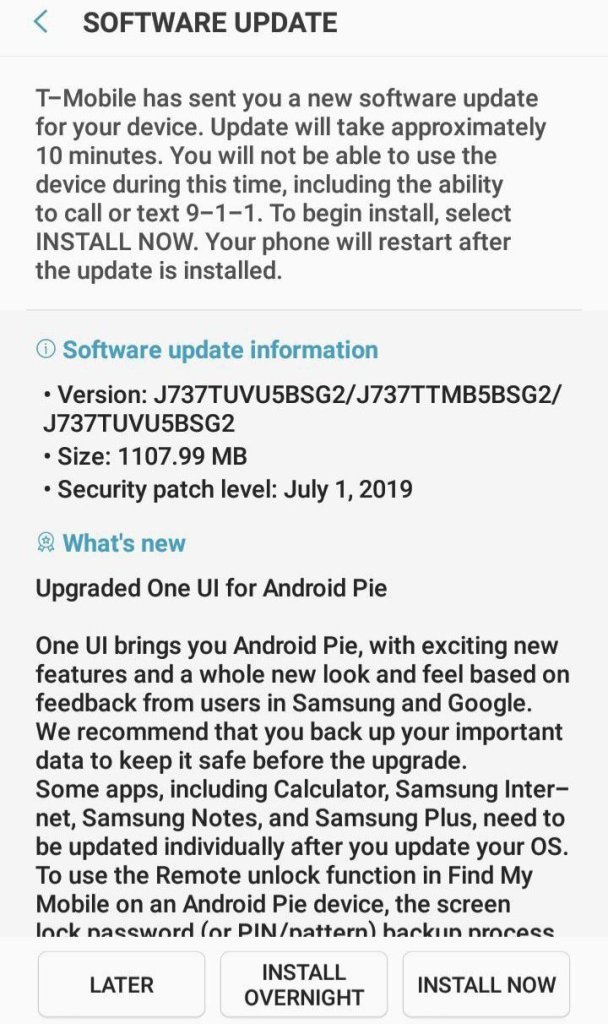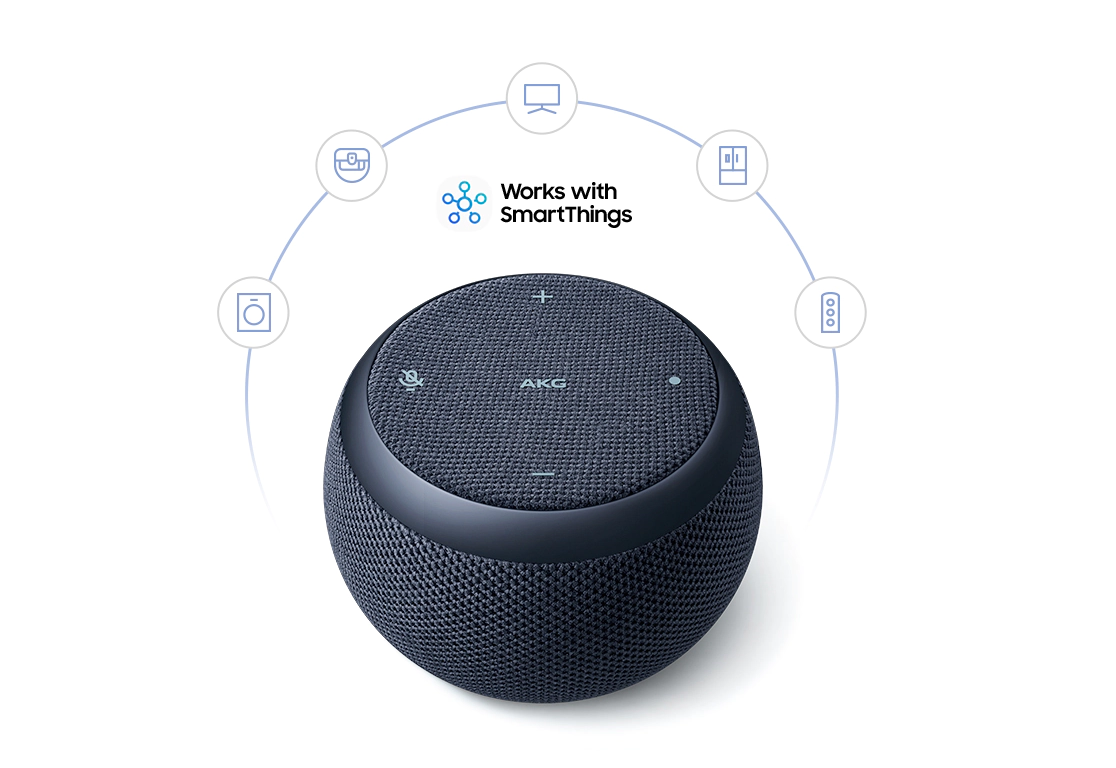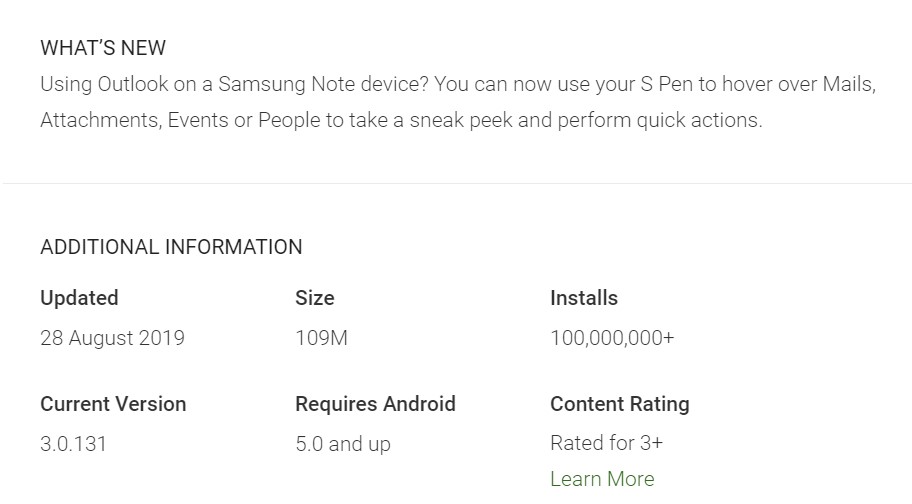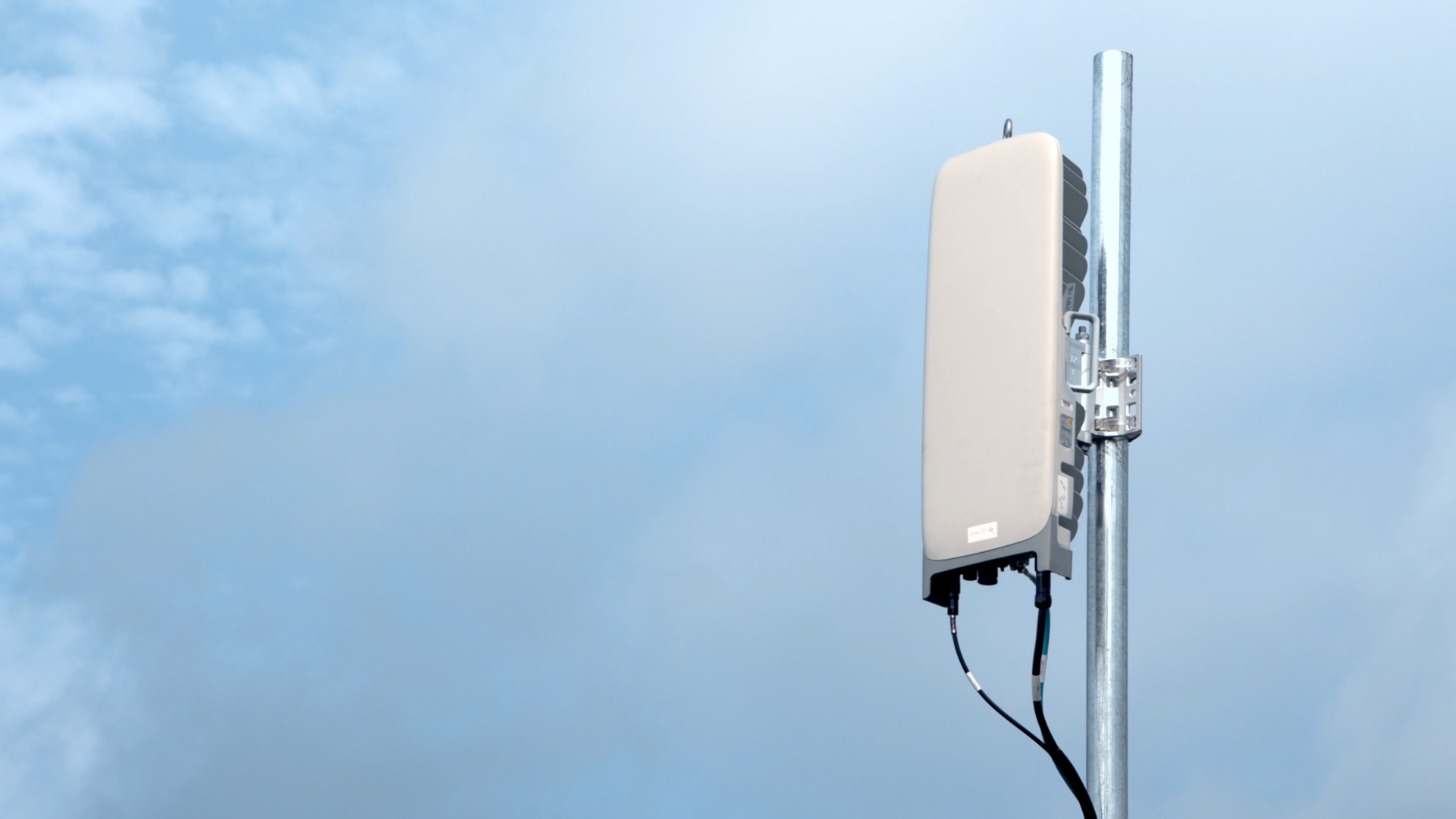So, the Galaxy Note 10. Who is it for? Why does it exist? Everyone had those questions when Samsung made the Note 10 and Note 10+ official. Samsung told us the Note 10 is for newcomers to the Note family, those who want to see what the S Pen is all about without spending on the Note 10+, which comes at a $150 premium over its smaller sibling.
And newcomers are certainly the primary target, since the Note 10 misses out on both a microSD slot and a headphone jack, something Note (and Galaxy) loyalists have come to take for granted. Is the Note 10 worthy of your consideration, or should you just save up and go for the Galaxy Note 10+ or perhaps opt for the Galaxy Note 9 from last year? That’s the question I will answer in this review.
However, before we get started, I need to point out that this isn’t a full-fledged review. Since the Galaxy Note 10 is similar to the Galaxy Note 10+ in many aspects, I will be keeping many sections of this review short and focusing only on what makes the Note 10 different, so you will have to read our Galaxy Note 10+ review for detailed information on things like the camera, S Pen features, audio quality, and software experience.
Galaxy Note 10 design
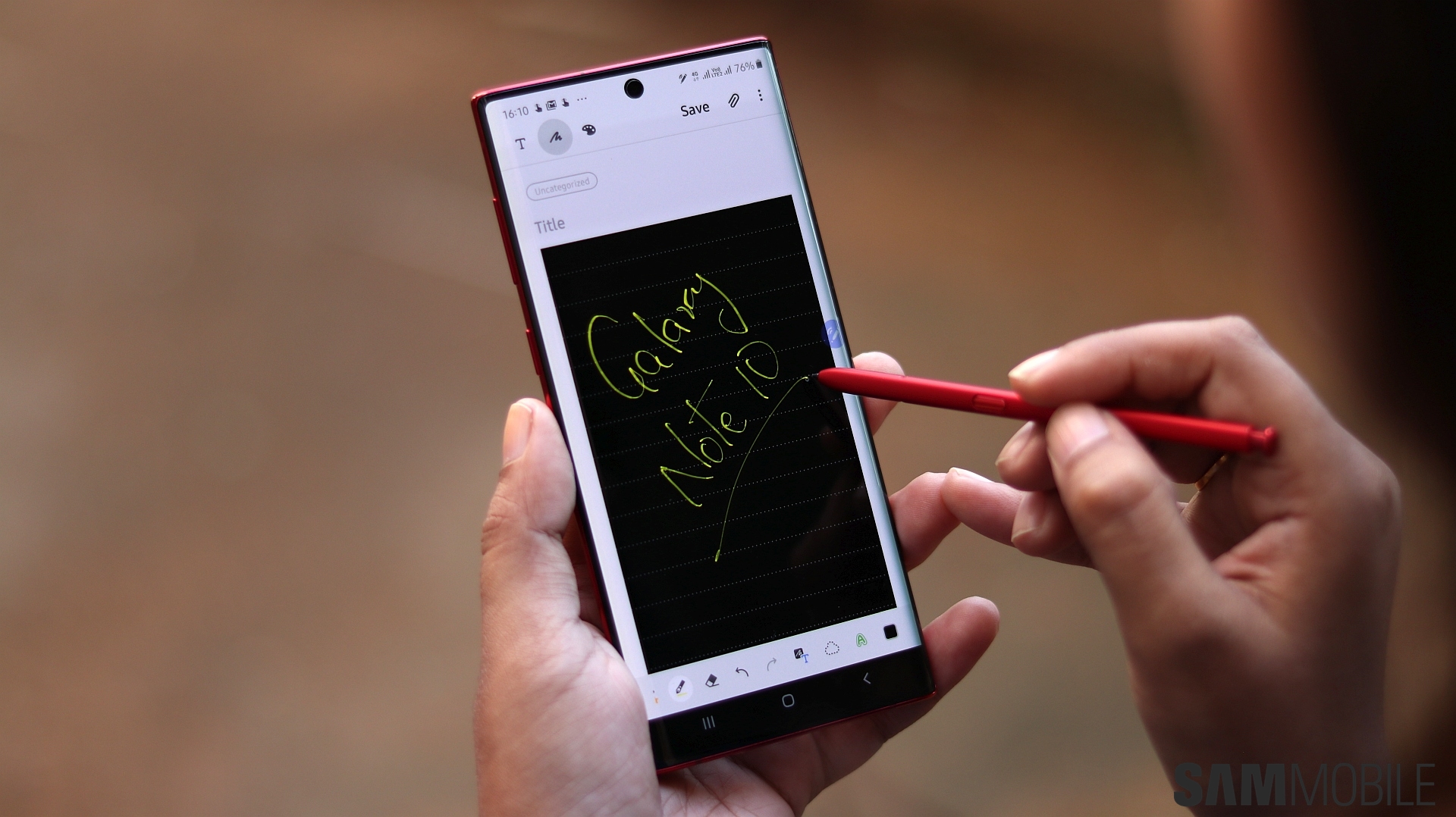
The Galaxy Note 10 is the most compact Galaxy Note flagship ever, at least when you consider the screen size. The Note 10 has a 6.3-inch display in a body that’s considerably shorter than the Galaxy Note 9, which has a 6.4-inch display. If you compare it with older Notes like the Galaxy Note 4 or Galaxy Note 5, it’s the same story, only those phones had 5.7-inch displays (and no curves). I found it hard to believe I’m holding a Galaxy Note in the first few days of using the Note 10, and it’s just amazing how much screen there is on Samsung’s new Notes.
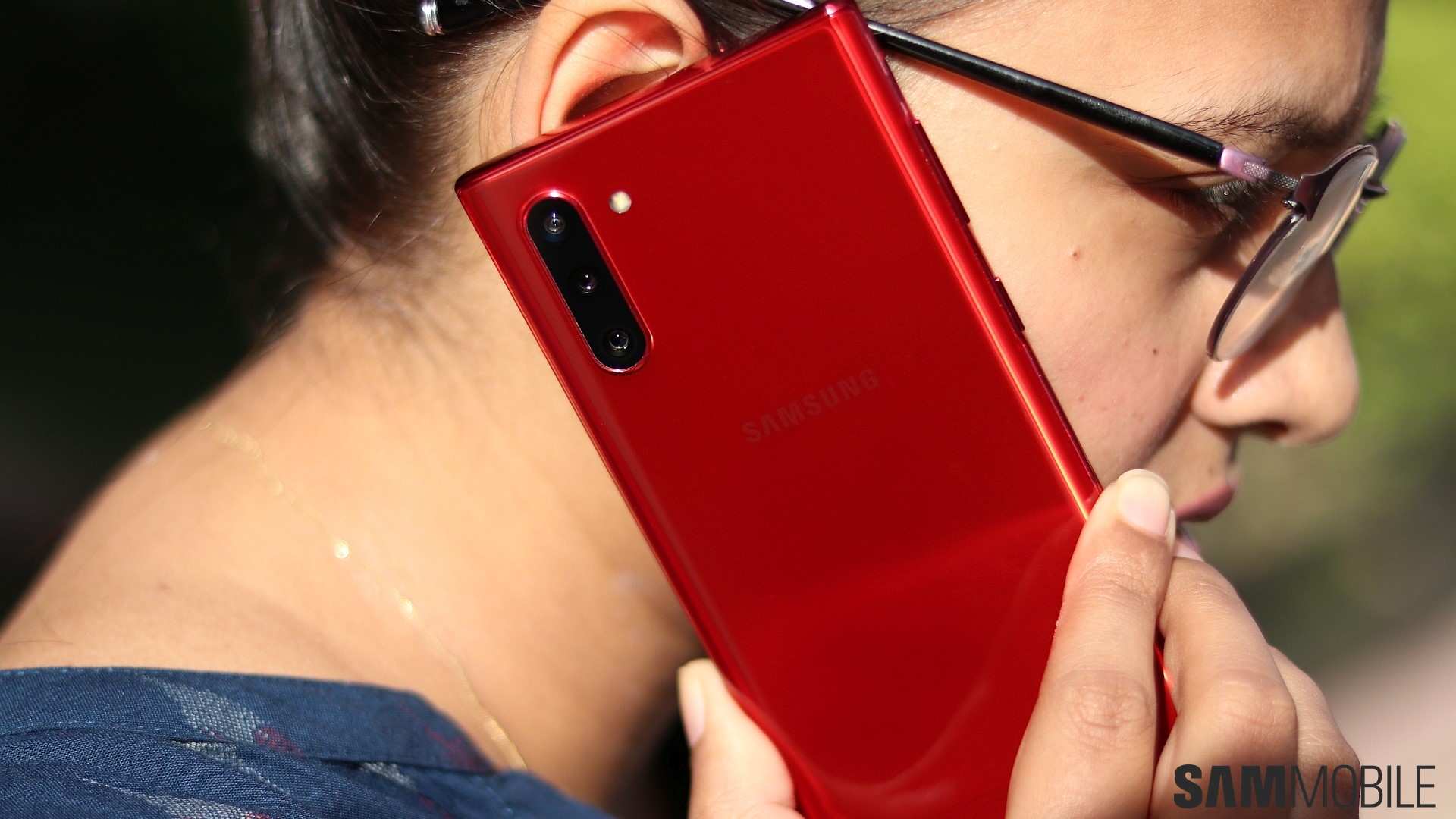

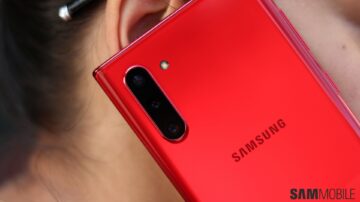


Of course, like the Note 10+, the Note 10 isn’t a device meant for one-handed use. The bezels may be tiny, but a 6.3-inch display is still quite big to be operated with a single hand all the time, especially if you want to reach elements of the interface, like the notification shade, at the top of the screen. But, again, the beauty of this phone is that you get all that screen estate in a compact form factor unlike anything else Samsung has offered before, and that makes the Galaxy Note 10 a very unique phone in the company’s stable.
The Note 10 is also as thin and feels as premium as the Note 10+. I had the red Note 10 and I have to say it’s a beauty. I’m also happy that Samsung has finally launched a red color variant in so many markets on day one. There is no gradient effect on the red model or any of the other color options other than Aura Glow, although they’re every bit of a fingerprint magnet.
Galaxy Note 10 display
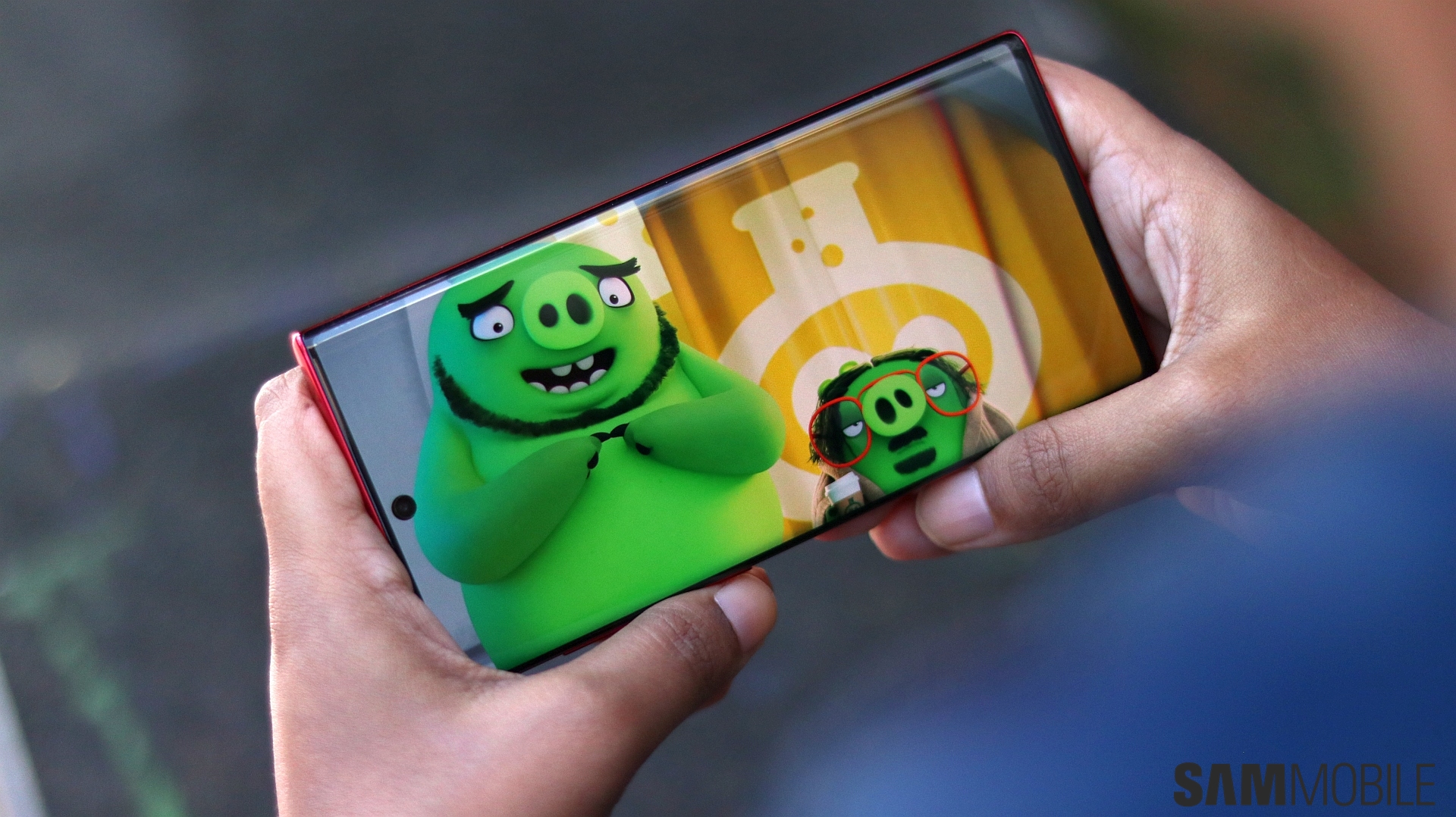
The display on the Note 10 is as beautiful as the panel found on its larger sibling. It also suffers from the same accidental touch problem created by the virtually non-existent bezels on the left and right side of the display, although it’s a rare thing and should be fixable with a software update. Oh, and the Note 10 has a Full HD+ display, not a Quad HD+ panel like the Note 10+.
We could complain all we want about how the Note 10 should have a higher-resolution display as it’s a flagship phone, but not having Quad HD+ resolution makes no difference in real world experience compared to the Note 10+. Even the Galaxy Note 10+ is set to Full HD+ out of the box, and most consumers won’t ever go into the display settings and change that. Virtual reality is one area where the Quad HD+ resolution would be useful, but the Galaxy Note 10 and Note 10+ do not support Samsung’s Gear VR, so there’s pretty much no major benefit to the higher-resolution display.
What the Note 10+ does offer over the Galaxy Note 10 is a larger canvas for the S Pen. The 6.3-inch display is plenty big for having a great experience with the stylus, but if the S Pen is something you think you will be using a lot and are not concerned with the compactness of a device, then the Note 10+ is a better choice thanks to that ginormous 6.8-inch screen. And the Plus model isn’t exactly huge, either – it has pretty much the same dimensions as last year’s Galaxy Note 9.
Galaxy Note 10 performance
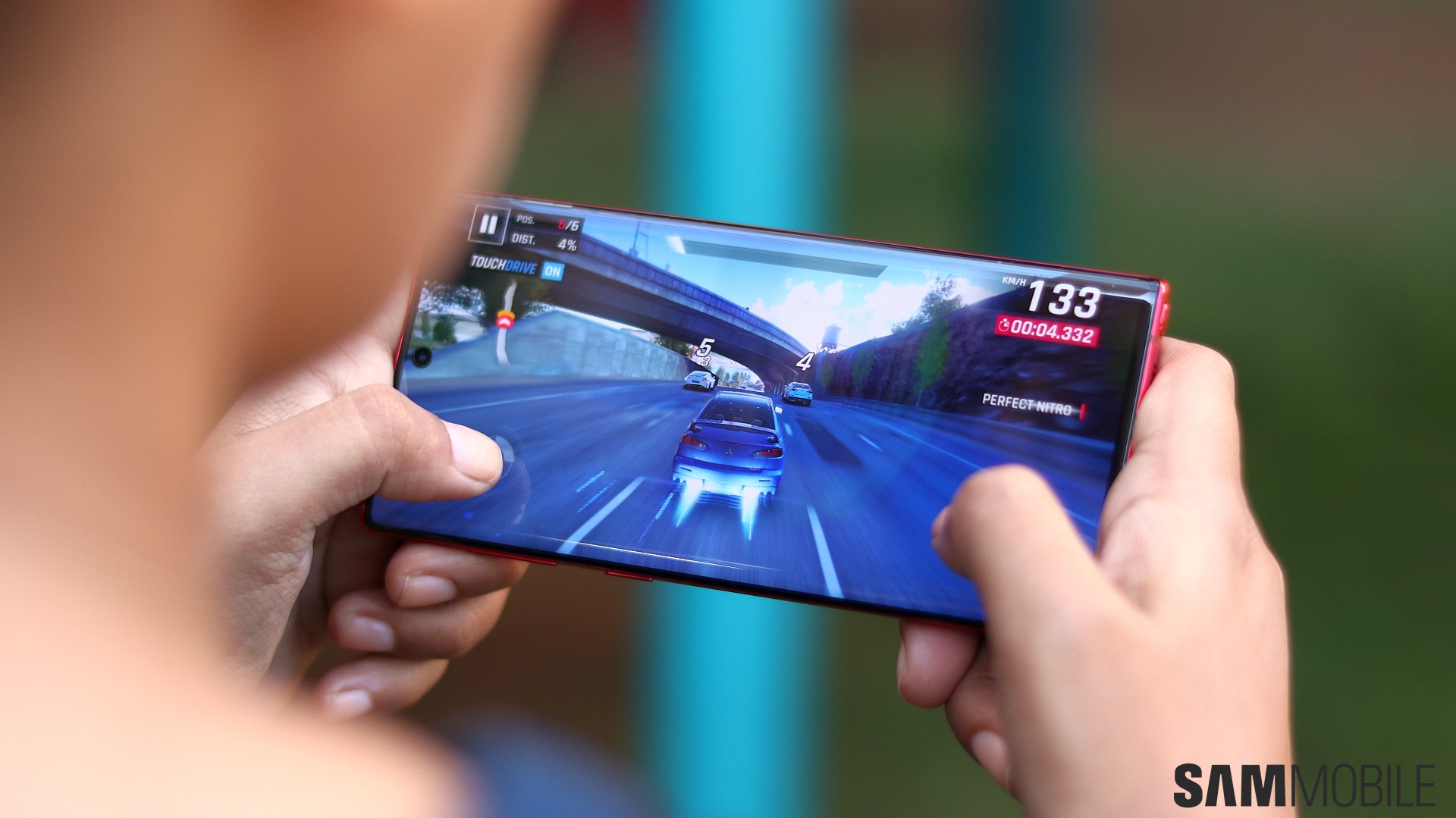
The Galaxy Note 10, like the Note 10+, is a very fast phone. I noticed no difference in performance between the two, and that should come as no surprise as both are powered by the Exynos 9825 chipset and the Note 10 is helped by having fewer pixels to push. The 8GB of RAM on the Note 10 is perfectly adequate for any workload. It could fall short if you open too many browser tabs and apps in DeX mode, but you’d have to open a lot of those to see any substantial difference compared to the Note 10+ with its 12 gigs of RAM.
The Galaxy Note 10 has the new UFS 3.0 storage like the Note 10+, but what it doesn’t have is a microSD slot. Frankly, it’s quite simple: You most likely know if you will be okay without expandable storage or not, and that’s what the decision will come down to. If you’re moving from a non-Samsung phone, chances are that it is a device without a microSD slot, and the Note 10 will be no different, only you will get more storage (256GB) on the base variant. If you do need expandable storage, whether you are moving from a Samsung or non-Samsung phone, the Note 10 is not the device for you.
Galaxy Note 10 battery life
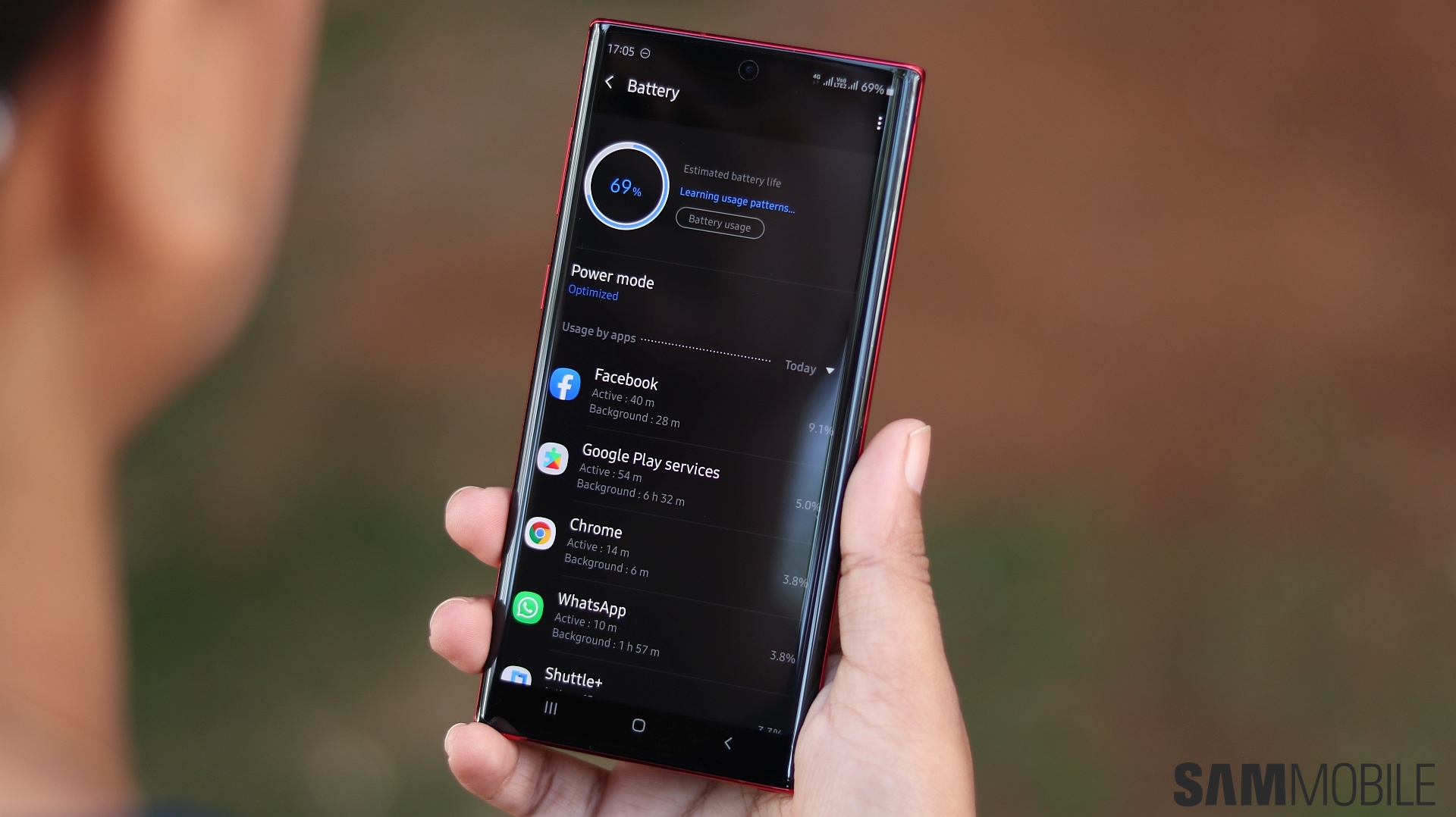
Battery life on the Galaxy Note 10 is, well, not great. With a 3,500 mAh battery under the hood, the Note 10 manages to last 20-24 hours on a single charge but screen on times didn’t always cross the 4-hour mark for me with two SIM cards active on the phone and with Always On Display set to show only when the screen is tapped. Basically, you can either get a lot of screen time and continuous heavy usage from the phone, but you will have to charge it again in the early evening. That is, of course, what you can expect from any flagship phone with a big display and a not-so-large battery, although I’m surprised the Full HD+ resolution and 7nm Exynos 9825 chipset didn’t seem to help much.
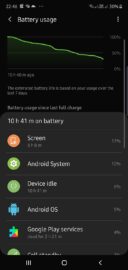
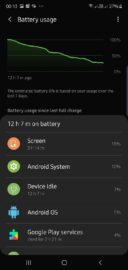
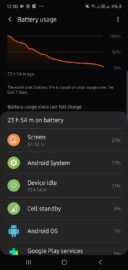
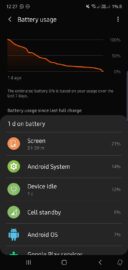
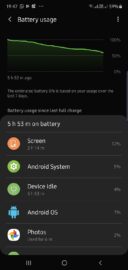
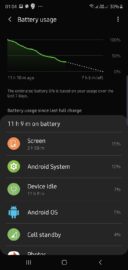
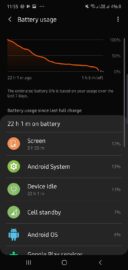
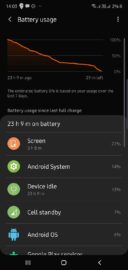
The Note 10 has 25W fast charging support, but Samsung has tuned it to be slower than it is on the Note 10+. Where the Note 10+ says it will reach 100 percent in 65 minutes, the Note 10 says it will take around an hour and 28 minutes, despite having a smaller battery. The charging speed in the first 30 minutes seems to be similar, with the Note 10 going from 1% to 52% and the Note 10+ going from 5% to 60% in the same amount of time in my testing. The Note 10, however, slowed down drastically after 60 minutes. While it charged up to 89% in 60 minutes, it went up to 94% and 98% after 70 minutes and 80 minutes respectively.
In short, the Note 10 takes around an hour and a half to charge to 100%, but it is quite fast at juicing up in the first 30 minutes and reaches almost 90% charge in 60 minutes. That’s pretty neat, although it would have been nice to at least have support for 45W charging with Samsung’s separately available 45W charger if the Note 10 can’t reach 100% charge as quickly as the Note 10+.
Galaxy Note 10 verdict
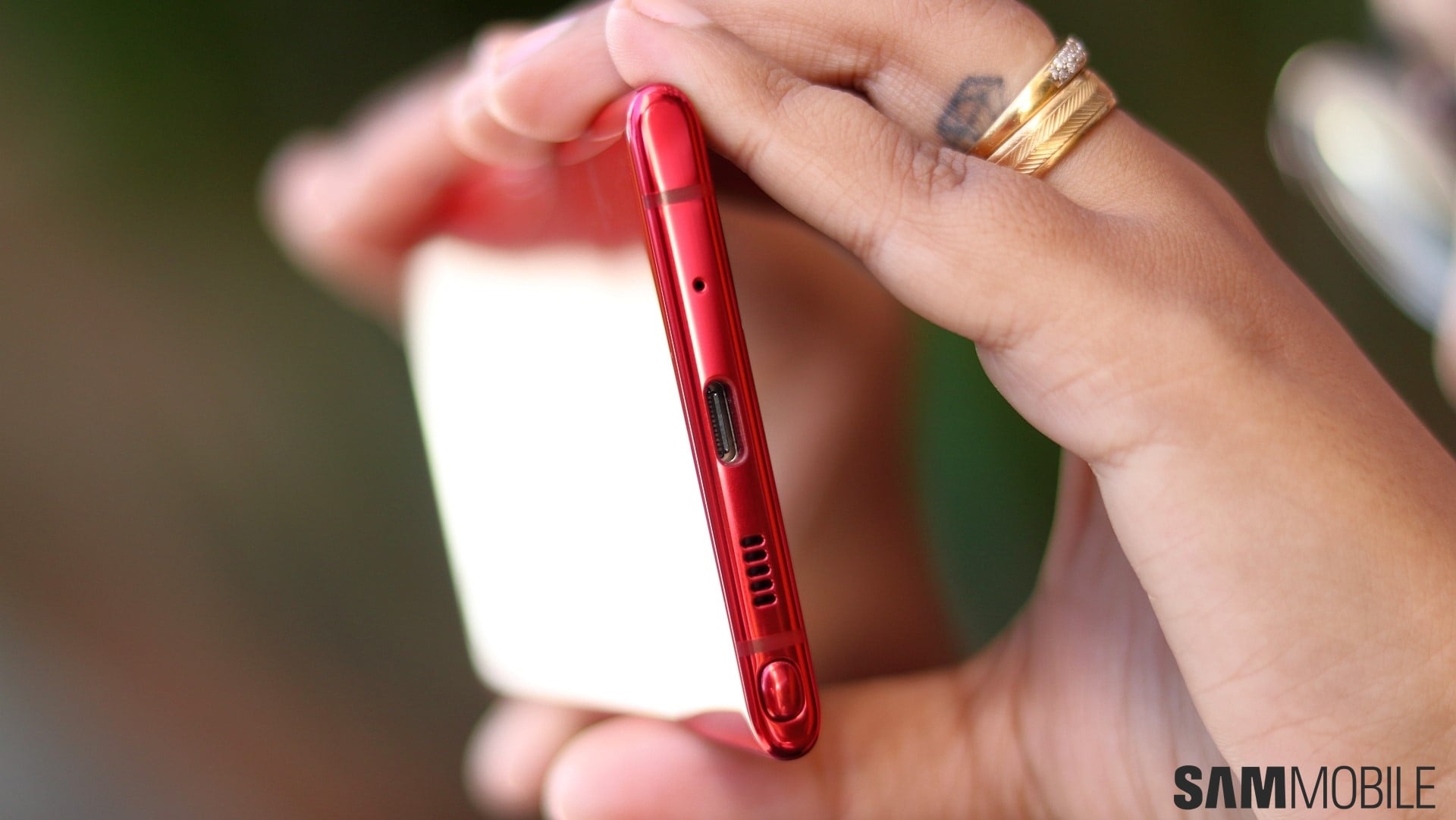
Whether you’re a newcomer or an existing Galaxy Note user, the Galaxy Note 10 makes sense over the Note 10+ only for a couple of reasons. Do you want a compact phone with a big screen and the S Pen stylus and are unwilling to shell out the extra $150 for the Note 10+? Are you okay with not having a microSD slot and battery life that won’t ever get you through an entire day on anything but light to moderate usage?
If you found yourself nodding as you read those reasons, then the Galaxy Note 10 is an excellent flagship phone that you should consider. Other than a smaller form factor and screen, no microSD slot, and lower battery life, the Note 10 gets most of the Note 10+ features. You get a triple rear camera, all the new S Pen features, great sound (and no headphone jack), the same software functionality, super fast charging, and the same performance despite just 8GB of RAM instead of the Note 10+’s 12GB.
The Note 10 doesn’t have a fourth rear camera, but that camera is only useful for 3D scanning and measuring dimensions of real-world objects, neither of which is something everyone will use often, or at all. Camera features that you will use more often, like AR Doodle and bokeh videos, are possible on the smaller Note 10, so you’re not missing out on much.
| Pros |
Cons |
| Very compact for a phone with a 6.3-inch display |
No 3.5mm headphone jack, no dongle in the box |
| Beautiful AMOLED display |
No microSD slot |
| Excellent performance |
No 45W charging support, 25W charging not as fast as Note 10+ |
| Slightly above average battery life, super fast charging |
No fourth camera like the Note 10+, misses out on 3D scanning as a result |
| Camera setup takes excellent photos in all conditions |
Camera still uses digital zoom in poor lighting despite wider telephoto lens aperture |
| AR Doodle is fun to use, Night mode works for selfies and 2x zoom photos |
|
| S Pen as good as ever, now has remote and gesture functionality |
|
| Great audio quality |
|
| One UI continues to be beautiful and intuitive, now supports Samsung DeX on Windows and Mac |
|
The post Samsung Galaxy Note 10 review: A compact Note for those who want one appeared first on SamMobile.
from SamMobile https://ift.tt/2HCxP6O
via
IFTTT


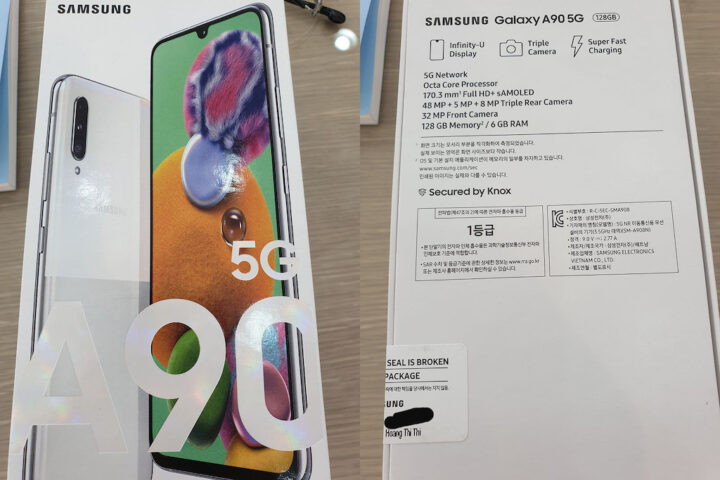





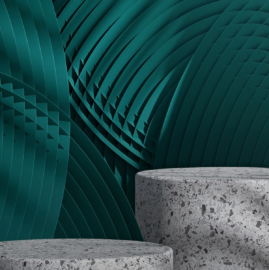

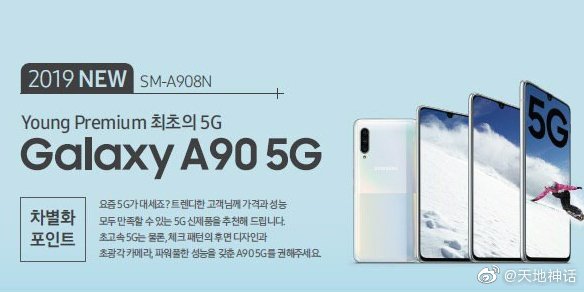
 Get excited for Samsung's upcoming 5G phone!
Get excited for Samsung's upcoming 5G phone! 

















